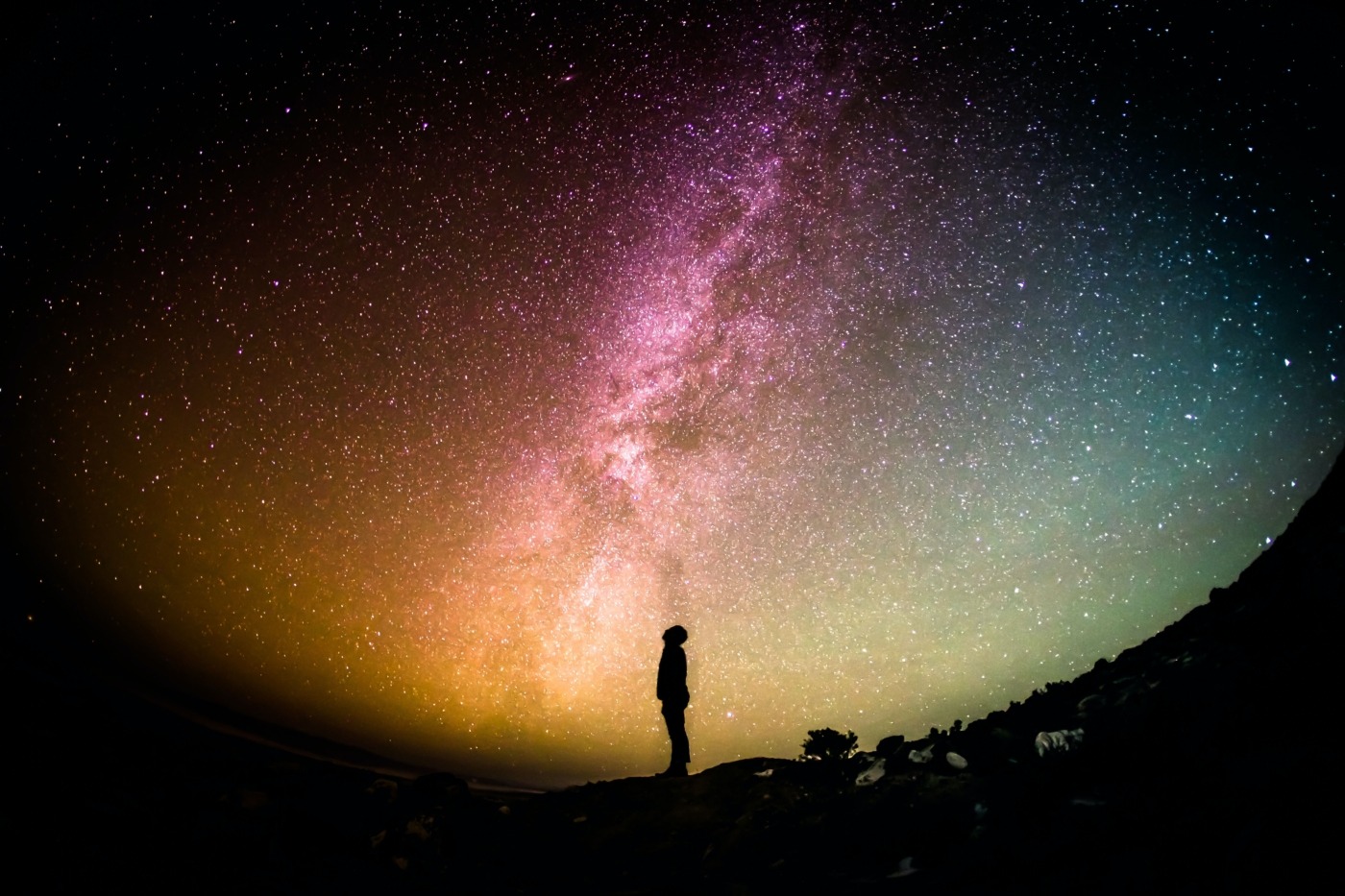The science of the 2020 Christmas star
If you’re familiar with Christmas stories, you may know the tale of the Christmas star – it appeared in the night sky and inspired the three wise men to travel to Jerusalem. After encountering King Herod, it leads them to Jesus’ home in Bethlehem, where they present him with gifts and worship him. Why this trip into scripture? This year, we may see our own Christmas star – on 21 December, it is forecast that an unusually close conjunction of the planets will light up the night sky. What exactly is the Christmas star?
In the sky, the giant planets Jupiter and Saturn typically meet once every 19.6 years due to their orbital resonance, something known as a great conjunction. By meet, of course, I don’t mean that they actually encounter each other – rather, from our observational standpoint, it will appear that they merge in the sky. But in 2020, the planets will be closer than usual, just 0.1° apart in the Earth’s sky, which will allow telescopes to pick them both up in the same field of view. Thus, they will appear to merge, creating an extra bright point in the sky.
This year, we may see our own Christmas star – on 21 December, it is forecast that an unusually close conjunction of the planets will light up the night sky
As Patrick Hartigan, an astronomer at Rice University, notes: “Alignments between these two planets are rather rare, occurring once every 20 years or so, but this conjunction is exceptionally rare because of how close the planets will appear to be to one another. You’d have to go all the way back to just before dawn on 4 March, 1226, to see a closer alignment between these objects visible in the night sky.” Conditions can affect how we see these conjunctions, or if we see them at all – in 2000, they were too near to the Sun to be easily observed.
NASA said Jupiter and Saturn have “gradually moved closer to each other” and will be just a “fifth of a full moon apart” at their closest point. The space agency added: “Keep in mind that while the two gas giants may appear close, in reality, they are hundreds of millions of miles apart. This will be quite a striking sight, but you will need to look fast as both planets will set shortly after sunset. Look above the western horizon after sunset for these bright, close planets – a clear view will help!”
If you want to see the Christmas star, what should you do? Assuming the skies are clear whenever you are, you should be able to see it – simply look to the southwest about 45 minutes after sunset where you are (for readers in the UK, this will be 15:53 onwards). The Christmas star should be visible below the constellation of Capricornus, and to the right of the Moon. You won’t need any observing equipment due to the brightness – Jupiter is brighter than any star in the sky at magnitude -2.0 – but if you have some, you could look closer and see the dance of Jupiter’s four moons. Shifting your gaze will enable you to see Saturn – there’s a big size difference between the two planets, but its rings should create the illusion that both worlds have the same diameter.
If you’re unable to see it, check out a livestream like the one hosted by Lowell Observatory. Astronomers and educators will share live views of Jupiter and Saturn through observatory telescopes, and they’ll explain some of the interesting science behind conjunctions and astrophysics. Here’s a link if you’d like a guided view of this incredible phenomenon.
It’s thought by some – including the legendary Johannes Kepler – that the story of the star of Bethlehem may have been a rare triple conjunction of Jupiter, Saturn and Venus. The 2020 Christmas star won’t be nearly as bright, and you should be wary of assigning any form of astrological meaning to it, but that doesn’t mean it won’t be impressive nonetheless. Check it out if you can, and enjoy the majesty of our universe.

Comments